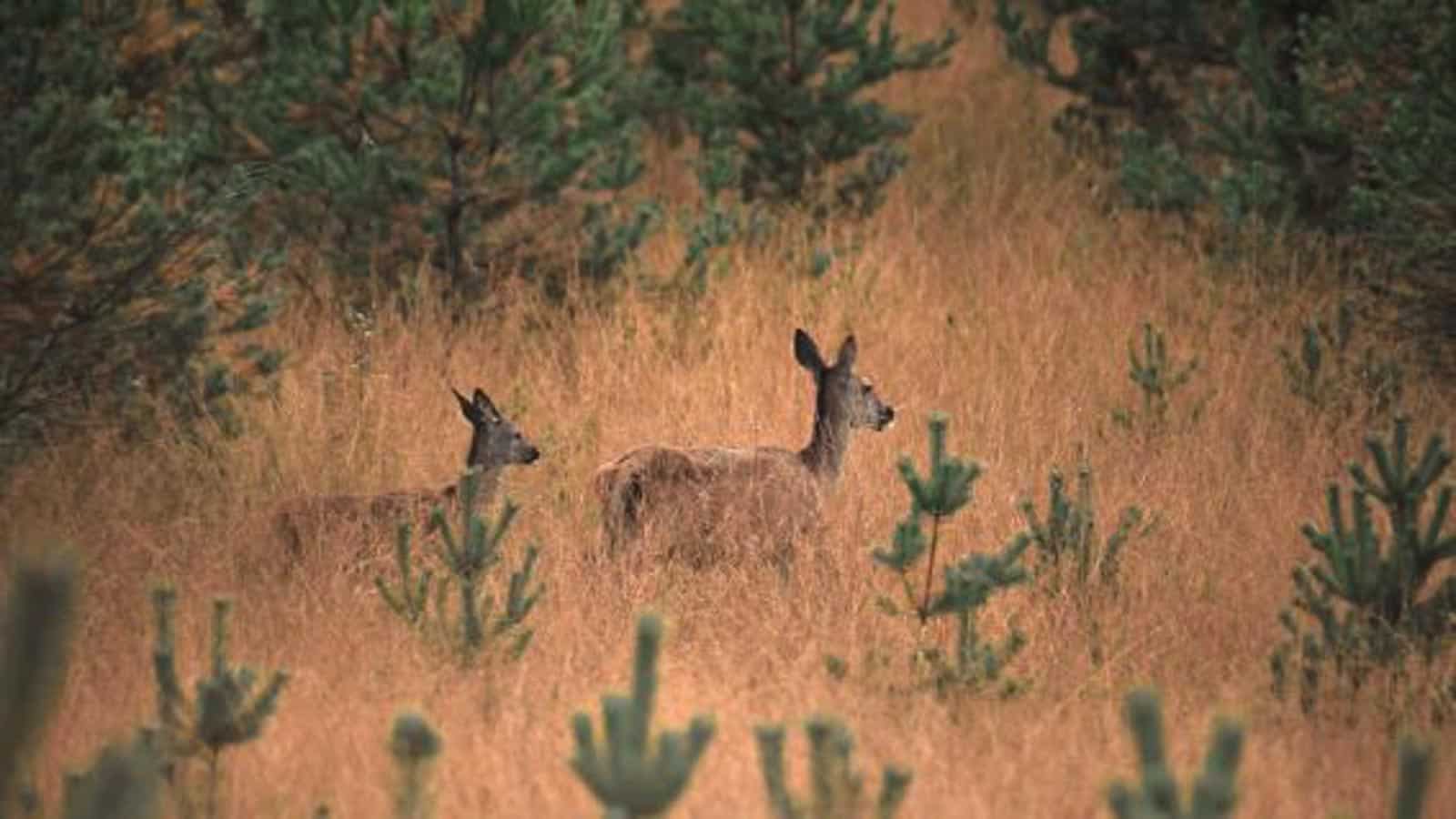Re-live our webinar on endemic bats of Nepal
Bats are a fascinating group of animals, but they got a lot of bad publicity in the the context of Covid-19. On 4th June, Sanjeev Baniya of the REWILD Institute, a Nepalese bat researcher, introduced into the fascinating world of this interesting animals and his projects. Here is what he has to say about bats and Covid-19:
Bats and Covid-19
“Bats do not spread and have wrongly been blamed for the COVID-19 pandemic. There is no conclusive evidence to verify the origination of SARS-CoV-2. Although the virus SARS-CoV-2 resembles the virus RatG13 in Intermediate Horseshoe bats (Rhinolophus affinis), there are major differences. It is true that bats are carrier of diseases, but they have evolved to suppress them through their metabolism, heat produced during flight and a super-immune system. When any wildlife experiences stress as a result of habitat loss, fragmentation, hunting and culling, the diseases contained in them can emerge. Humans are the major drivers of stress in wildlife. We should therefore learn from it, study species such as bats, ensure effective conservation of species and habitats, abandon wet markets and appreciate the ecological services and balance provided by all the species to ensure that these kind of viral outbreaks don’t happen in the future.”
Sanjeev Baniya
Please also read: We’re losing exceptional reptile evolutionary diversity
Sanjeev Baniya´s study subject is Myotis csorbai, an endemic bat of Nepal that is listed as ‘Data Deficient’ in the IUCN red list. The species is known from only two locations in Nepal, and therefore requires intensive research and efficient conservation. His current project aims to study the foraging habitat and roosting patterns of this species through passive and active acoustic monitoring, roost surveys and capture methods. Relive his presentation on this topic in the video below:
Bad image
Bats, the second most diverse group of mammals with more than 1400 species, occur around the world except for Antarctica. They are the only mammals with sustained true flight. Despite their beauty, abilities and diversity, they have had a bad image in Europe for a long time. Everyone knows the stories of vampires turning into blood sucking bats, even though blood sucking species do not even exist in Europe.
This bad image has real life consequences for bats. People blame them as a culprit for many things. One common thing that we always seem to forget is how we have been living together with these mammals for ages. And habitat destruction is hitting many bat species hard. The destruction of forests is pressuring bats out of their native habitats and closer to human settlements. There, they can spread diseases due to their close raltions to humans and their ability to fly.
The spillover of zoonotic diseases from bats to the human population does not just occur without any stress component. When bats get stressed through different mechanisms such as habitat loss, arousals from hibernation, hunting etc. this stress temporarily dampens their immune system. This allows any hidden viruses to emerge. And when these viruses get an intermediate host (camels in MERS, pigs in Nipah, civets in SARS, horses in Hendra virus), they can potentially transmit to human populations.
Why are bats important
We always seem to forget that we’ve been coexisting with bats for millions of years. They probably are in the crevices and under-roofs of your house, and at night they are feeding on crop pests in the agricultural fields nearby. Bats have been providing an amazing scale of ecosystem services – pollination, seed dispersal, insect pest suppression, fertilization through their guano and they are environmental indicators. Instead of blaming these species, it is important to study their ecology, immunology and physiology. Culling bats to prevent another zoonotic disease outbreak is the worst measure. It is this type of activities coupled with habitat loss that started this situation in the first place. There are diseases everywhere, from your body to your bed, from your phone to your water bottle. This doesn’t mean that you burn yourself and your house to become disease-free.








